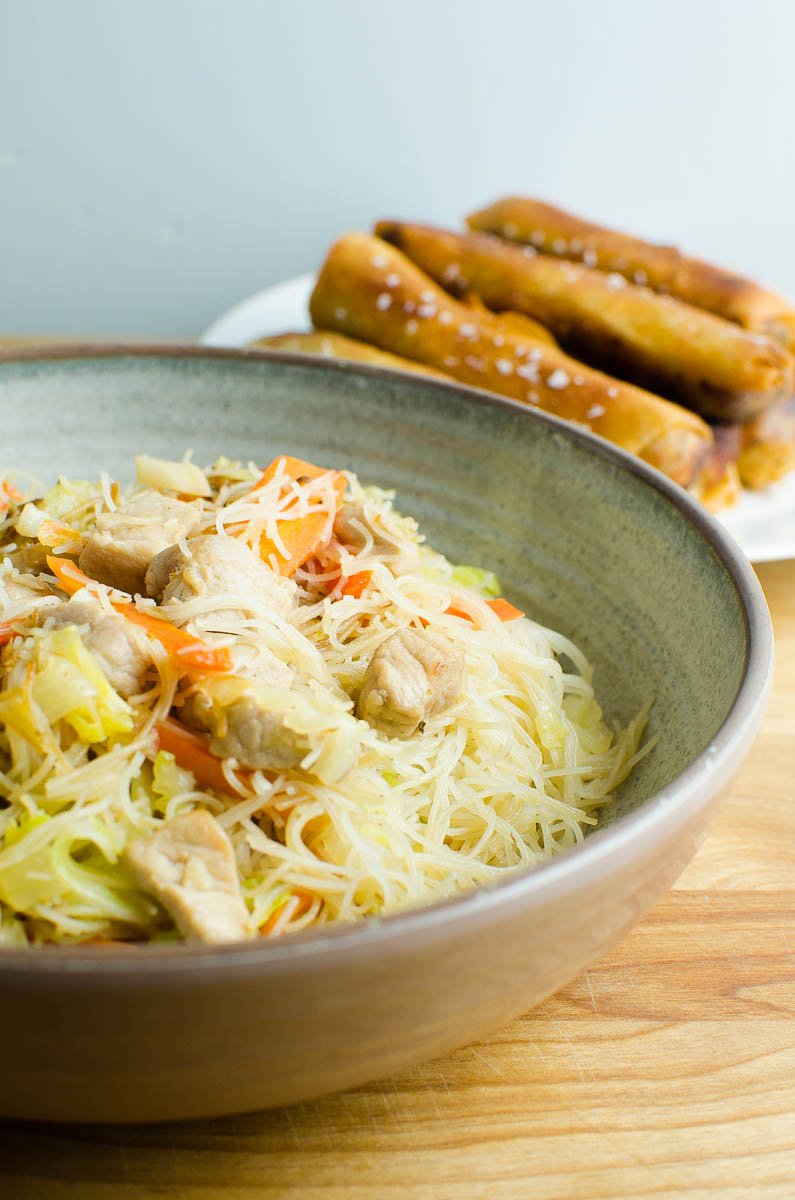Editor’s Favorites: Must-Try Filipino Food Recipes.
Discover the Rich Taste of Filipino Food With These Must-Try Recipes
Filipino cuisine provides an amazing tapestry of flavors that mirror the country's rich cultural heritage. Each dish tells a story, from the full-flavored depth of Adobo to the revitalizing flavor of Sinigang, welcoming cooking enthusiasts to check out a varied selection of preferences.
Adobo: The Legendary Meal
Adobo has actually become the quintessential recipe of Filipino cuisine, captivating tastes buds both locally and abroad. This precious recipe is defined by its one-of-a-kind combination of mouthwatering, sour, and a little wonderful tastes, attained through a careful marination procedure. Traditionally, adobo is prepared utilizing chicken or pork, although variations exist that integrate fish and shellfish and veggies.
The essential ingredients of adobo include soy sauce, vinegar, garlic, bay leaves, and black pepper, which together produce an abundant and fragrant sauce. The food preparation technique commonly includes simmering the meat in the marinate, allowing it to take in the complex tastes while softening. This process not just enhances the taste yet also acts as an all-natural preservative, making adobo an optimal recipe for storage space.
Adobo is often served with fit to be tied rice, which matches its robust flavor account. Whether delighted in at home or in dining establishments, adobo remains a staple that personifies the essence of Filipino hospitality, making it a must-try for any individual exploring this lively cuisine.

Sinigang: A Tangy Delight
An additional cornerstone of Filipino food is sinigang, a meal celebrated for its unique tangy taste. This tasty soup is traditionally made with a selection of meats, including pork, beef, shrimp, or fish, and is defined by its sour brew, which typically stems from tamarind, environment-friendly mango, or calamansi. The balance of level of acidity and umami produces a revitalizing comparison that is both reassuring and invigorating.
Sinigang is often enriched with a range of fresh veggies such as radish, eggplant, water spinach, and string beans, adding not just to the recipe's flavor profile but likewise to its dietary value - Filipino food recipes. Each family may have its own variation, with local variations that mirror regional components and social influences
The prep work of sinigang entails simmering the chosen meat until tender, adhered to by the enhancement of the souring representative and vegetables. This technique enables the tastes to meld beautifully, causing a hearty and gratifying dish. Typically served with fit to be tied rice, sinigang symbolizes the significance of Filipino friendliness and is a precious staple, typically appreciated during family members events and special events.
Lechon: The Cheery Roast
Lechon, usually considered as the focal point of cheery Filipino celebrations, is a delicious roasted pig understood for its crunchy skin and tender, flavorful meat. This legendary recipe is deeply rooted in Filipino society, typically beautifying tables throughout birthday celebrations, weddings, and considerable vacations. The prep work of lechon is an art kind, requiring thorough interest to information, from seasoning the pig with a mix of seasonings to guaranteeing an also roast over an open flame or in a specialized stove.
Commonly, the pig is seasoned with a mixture of salt, pepper, and regional natural herbs, passing on an abundant this contact form taste that complements its natural juiciness. The cooking procedure can take numerous hours, during which the skin changes into a completely crunchy layer, creating a fascinating comparison to the delicious meat underneath.
Lechon is traditionally offered with a side of liver sauce or vinegar dip, enhancing its tasty account. It is not simply a dish but a common experience, as family members and pals gather around to appreciate this superb dish. The scent of lechon wafting with the air is an invite to indulge, making it a cherished symbol of party in Filipino society.
Kare-Kare: Oxtail Stew
Kare-Kare, a rich and passionate oxtail stew, holds an unique place in Filipino cooking custom, find out here now commemorated for its special flavor profile and lively presentation (Filipino food recipes). This meal is identified by its delicious peanut sauce, which is created by grinding roasted peanuts or utilizing peanut butter, providing it a velvety and nutty significance. Traditionally, kare-kare features tender oxtail, although variants may include tripe or beef shank, each adding to the stew's depth of flavor
The preparation of kare-kare usually includes slow-cooking the meat up until it ends up being incredibly tender. The enhancement of a variety of veggies, such as eggplant, string beans, and banana hearts, not only boosts the stew's nutritional value yet also its visual appeal. Served with a side of bagoong, or fermented shrimp paste, kare-kare perfectly balances its abundant, mouthwatering notes with a salted kick.
Usually appreciated during unique celebrations and family members gatherings, kare-kare symbolizes imp source the significance of public eating in Filipino culture. Its wonderful complexity and comforting warmth make it a recipe that is not only pleasing to the taste yet additionally evokes a feeling of fond memories for lots of Filipinos worldwide.
:max_bytes(150000):strip_icc()/265040-Filipino-Beef-Giniling-Pamela-Leyva-1x1-1-6f5eefd058da41bdb609059b253ea76d.jpg)
Halo-Halo: A Sweet Treat
Halo-halo is usually considered the perfect Filipino treat, commemorated for its vibrant mix of textures and tastes - Filipino food recipes. This fascinating mixture is an excellent representation of the Philippines' rich culinary heritage, incorporating different active ingredients that collaborate to create a refreshing and indulgent reward, specifically during heat
At its core, halo-halo functions smashed ice covered with an array of ingredients, including sweetened beans, jellies, fruits like bananas and jackfruit, and velvety leche flan. A generous inside story of ube (purple yam) gelato crowns the mix, including a rich, luscious flavor that boosts the dessert. The layering of components not just develops a banquet for the eyes but additionally provides an intricate interplay of sweet taste and appearance in every dose.
Commonly offered in a glass, halo-halo encourages restaurants to blend the contents before savoring. This communal facet enhances the dessert's appeal, as each person's version can be distinctively customized. Whether taken pleasure in as a road food extravagance or a special occasion treat, halo-halo stays a beloved sign of Filipino society, inviting every person to explore its delightful and diverse flavors.
Conclusion
